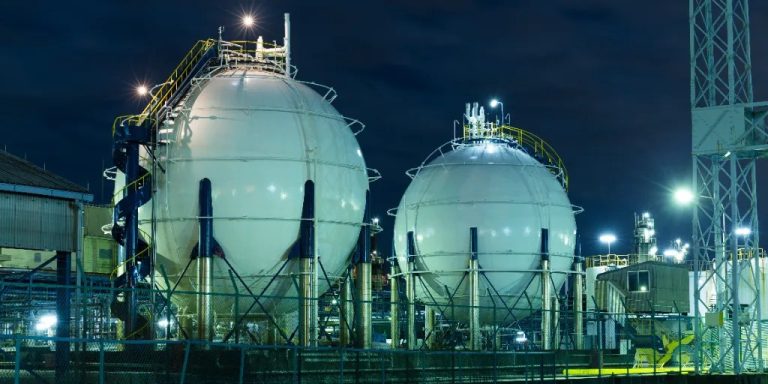Author: Ananya Bhatia and Vijay Jayaraj
From my residence overlooking Ho Chi Minh City, I embrace the tranquility of dawn.
Soon, the idyllic morning transformed into a vibrant canvas of middle-class ambition coursing through the arteries of this booming metropolis—Vietnam's largest city, known to some as Saigon. It's an inspiring scene, emblematic of a country that aspires to progress, driven by the industrious spirit and tenacious energy of its people.
However, without a supportive economy and a strong policy framework, Vietnam's ambitions may not be fully realized. Vietnam’s expanding energy economy often contradicts external pressures from Western countries to promote climate policies.
But like many Asian economies, Vietnam is doubling down on fossil fuels that many climate-focused Western leaders want to abandon. The country has now announced that its coal-fired power plants will operate for a record number of hours in 2025 to meet electricity demand.
Ambitious nation forges economic path
The global climate lobby has proposed a wish list of emissions caps and green transition targets that completely ignore the energy needs of fast-growing low- and middle-income economies.
Opposition is growing, as witnessed at the recently concluded United Nations Climate Conference (COP29). The pace of withdrawal from the global net-zero emissions deal, led by Asian countries, is undoubtedly unsettling to climate warriors. As one of Asia's fastest-growing economies, Vietnam is accelerating its exit.
Fossil fuels dominate Vietnam’s energy landscape. They account for 77% of the country's primary energy consumption. In 2023, 58% of Vietnam's electricity was dependent on fossil fuels, and this dependence is expected to more than double by 2030.
The country is rapidly developing infrastructure to import liquefied natural gas (LNG). New terminals are being built along its coastline and deals are being signed with major LNG exporters.
Electricity demand has more than doubled over the past decade, as has coal generation. In the first 10 months of this year, nearly half of Vietnam's power generation came from coal-fired power generation, with a total power generation of nearly 257 billion kWh.
A key driver of this year's surge in coal use has been an unusually sharp drop in electricity generation from dams. The Vietnamese government has announced that it will maintain significantly higher operating levels of coal-fired power plants through 2025 to support the country's growing electricity demand and reduce reliance on unpredictable hydropower.
In addition, the recent massive blackout is a stark reminder of Vietnam’s vulnerability. These power outages are more than just an inconvenience; the country's manufacturing industry cannot afford the disruption.
In 2023, the manufacturing industry will account for 24% of Vietnam's gross domestic product (GDP), worth nearly US$40 billion.
Vietnam's Prime Minister Pham Minh Ching assured business groups that he would prevent blackouts after South Korea, Japan and the United States chamber of commerce worried about unstable power supplies affecting their manufacturing operations.
Operators of coal-fired facilities across Vietnam, including state-owned mining group Vinacomin and Northeast Corporation, must finalize their 2025 fuel procurement strategies by the end of this year under new government directives.
Vietnam's industry has grown steadily every year, further fueling the demand for reliable energy. Using coal as the backbone of the nation's electricity production has long been seen as a practical approach. Coal is cheap, plentiful and relatively easy to obtain. It is an indispensable fuel for countries with limited domestic energy resources.
As the middle class expands, so does the need for reliable energy. The international community needs to recognize the need to support Vietnam's (and other countries') domestic energy decisions, rather than denigrate reliance on fossil fuels.
Vietnam once again reminds us of a harsh truth: rapid growth requires energy-intensive resources that cannot be replaced by green alternatives.
This review was first published on california globe December 2, 2024.
Ananya Bhatia is an urban development consultant in Ho Chi Minh City and co-author of the paper on Disaster Resilience in Asia. She holds a master's degree in technology.
Vijay Jayaraj – Science and Research Assistant carbon monoxide2 allianceFairfax, Va., contributed to this article.
Relevant
